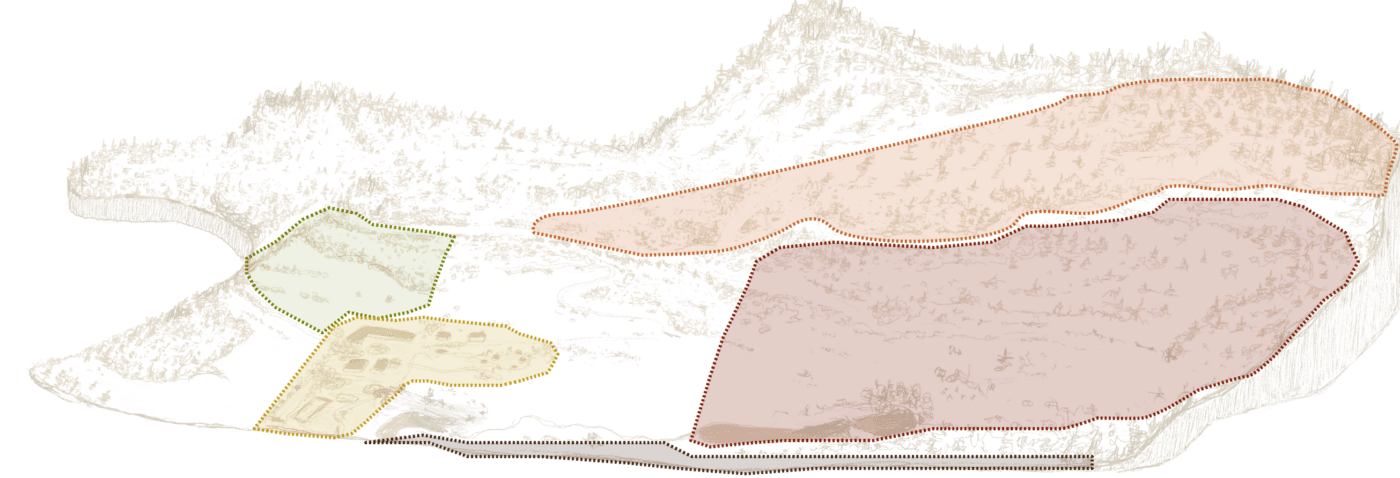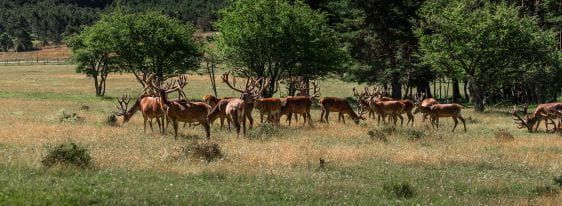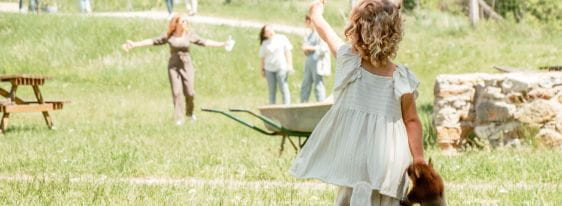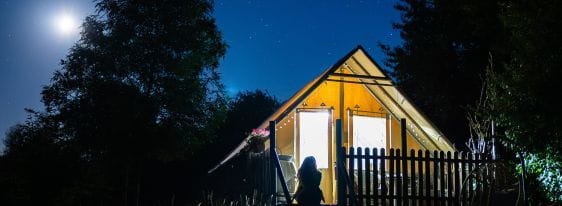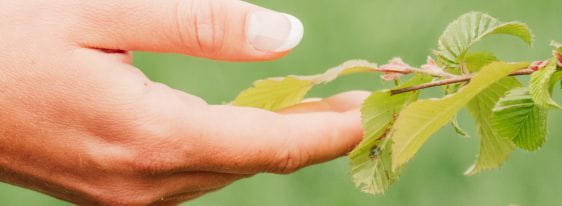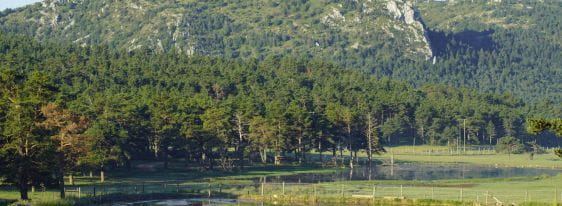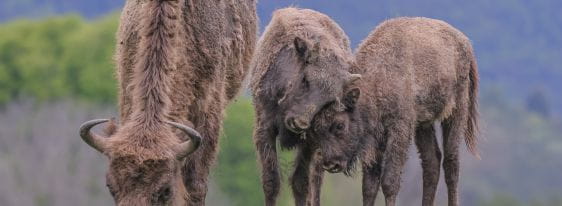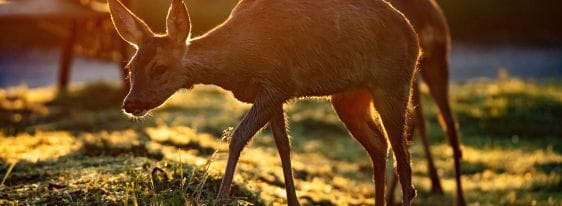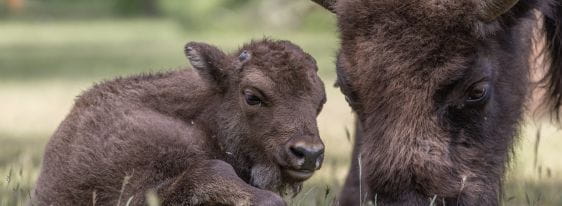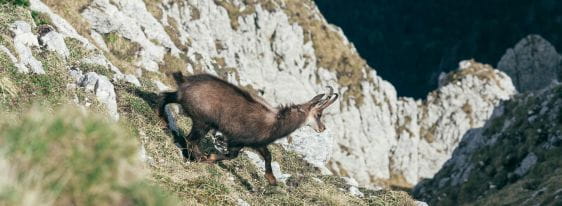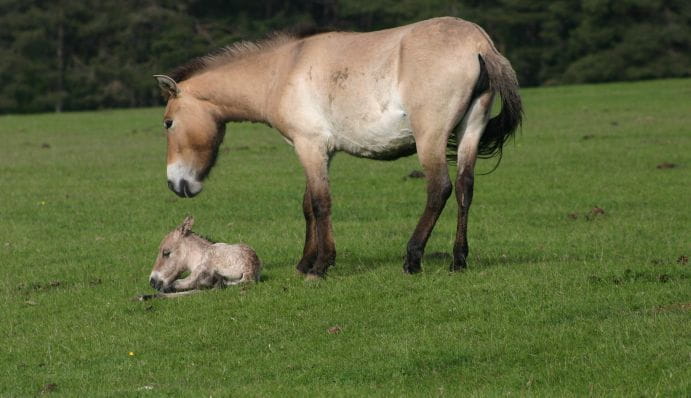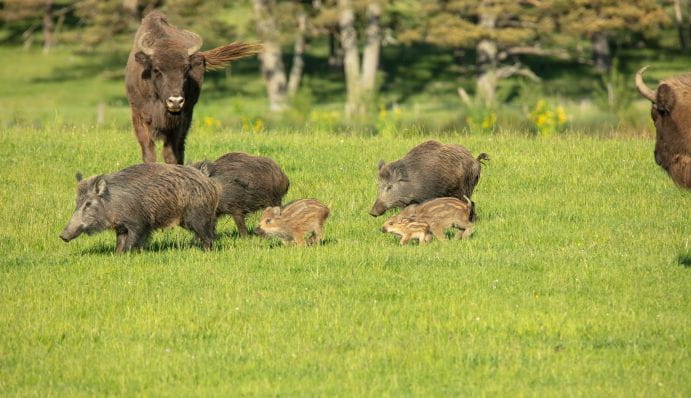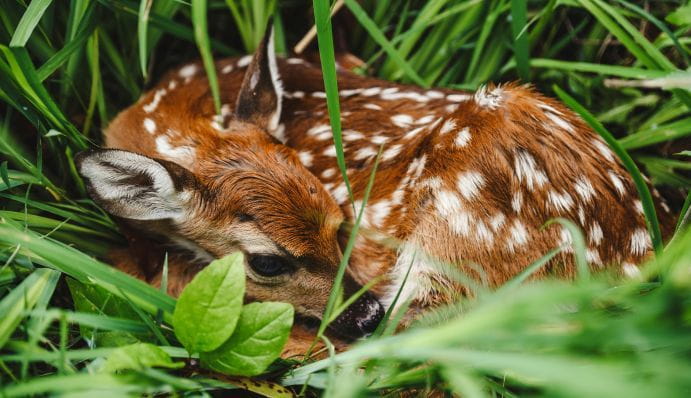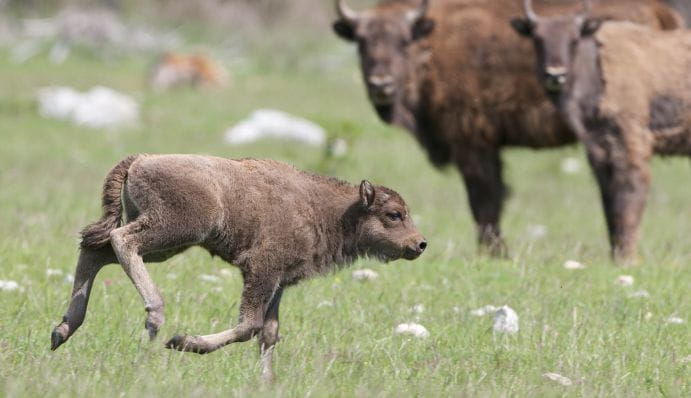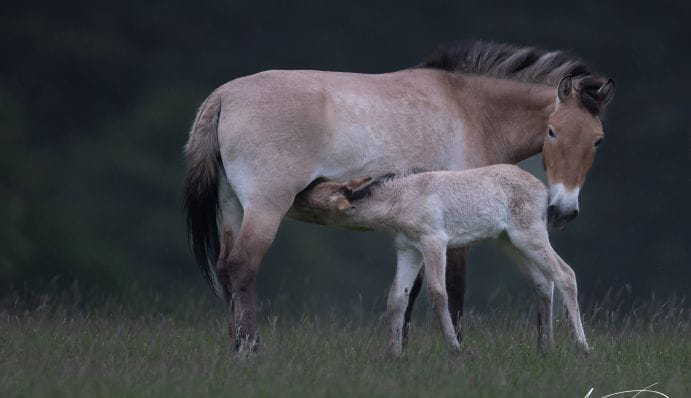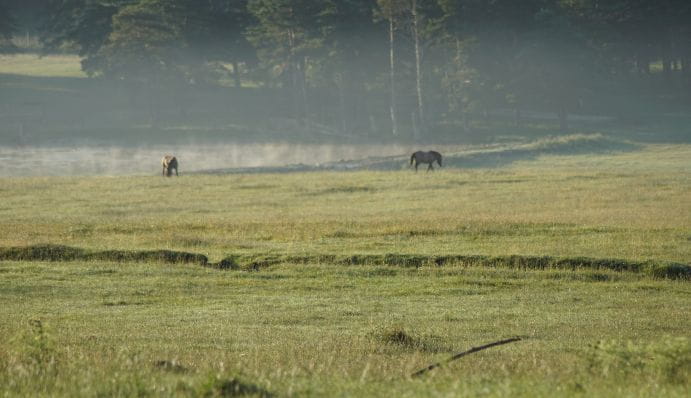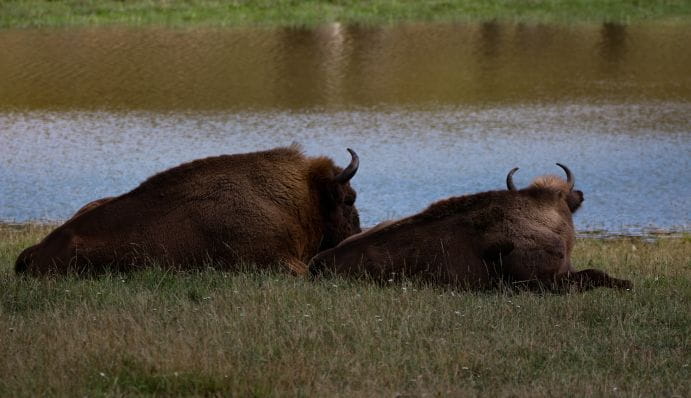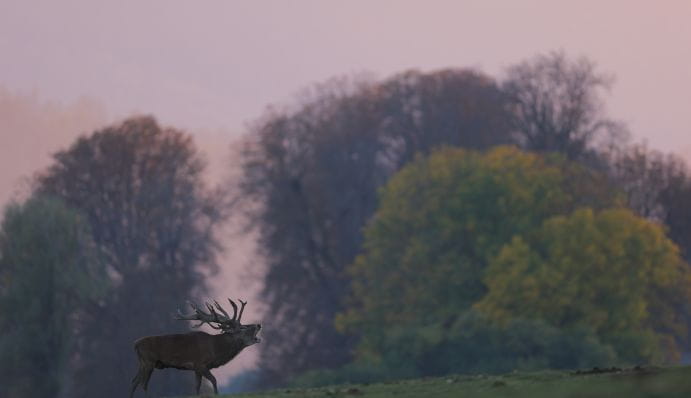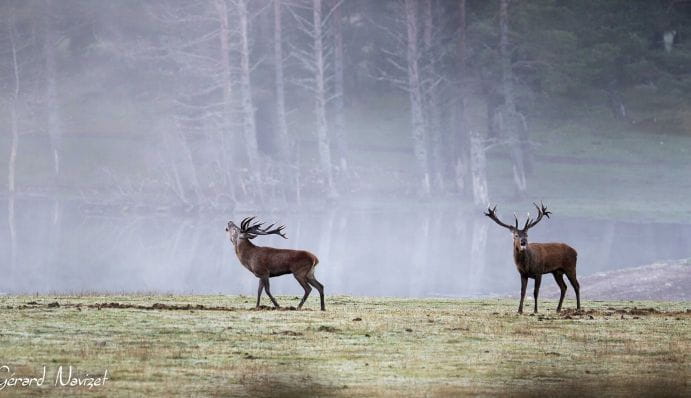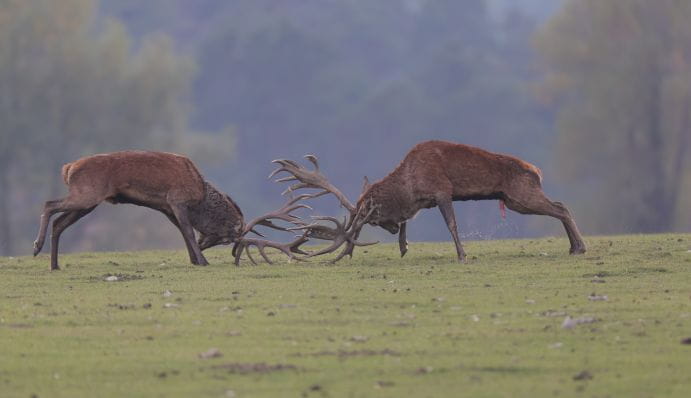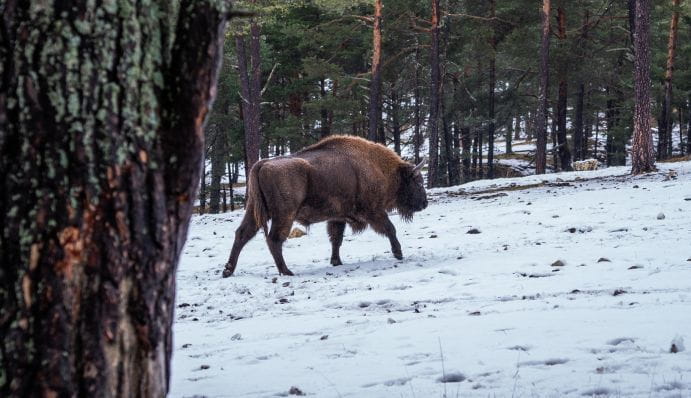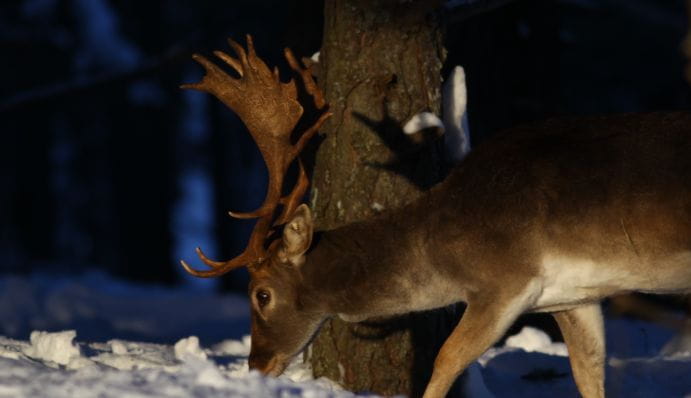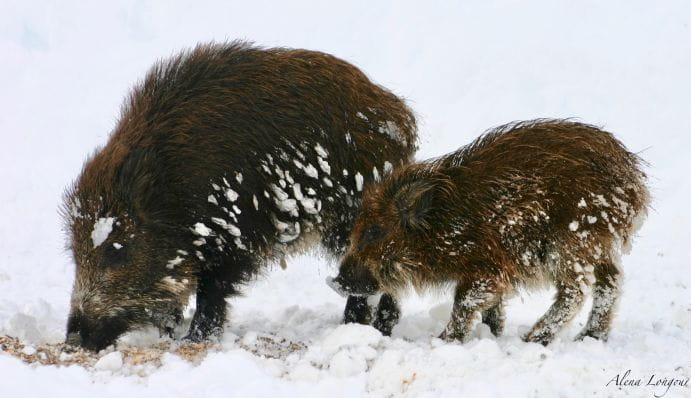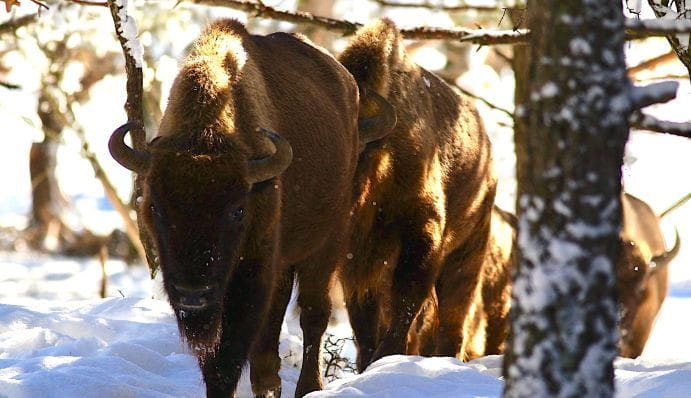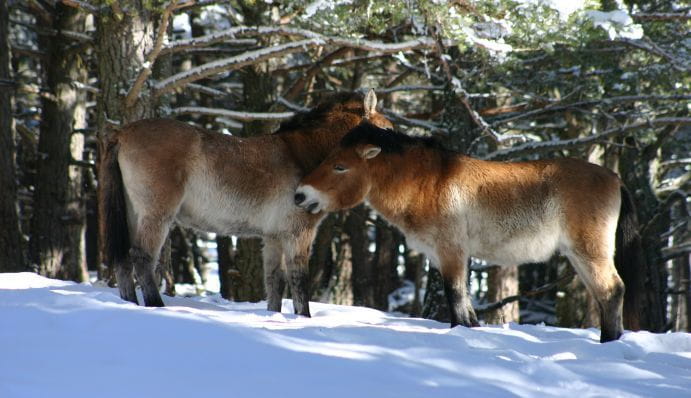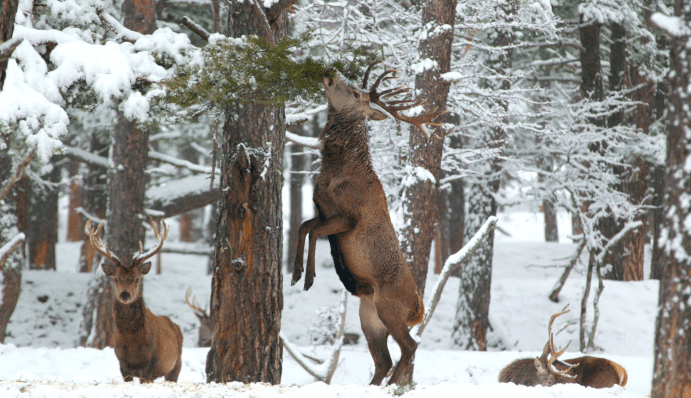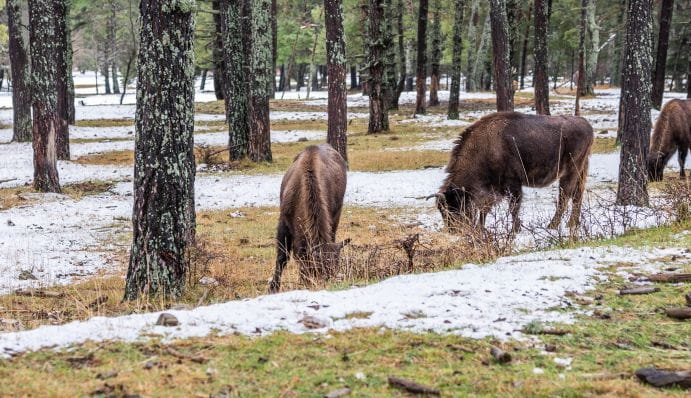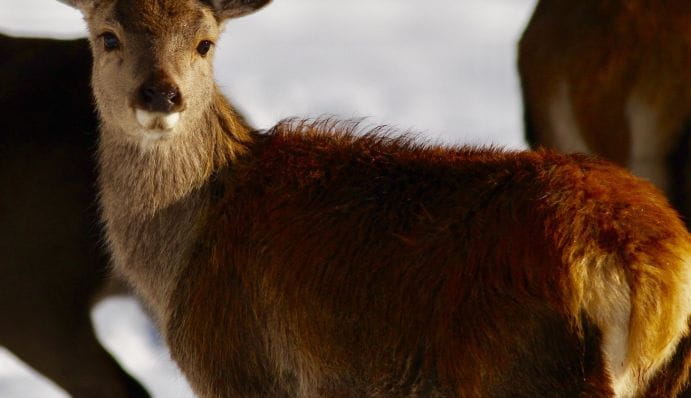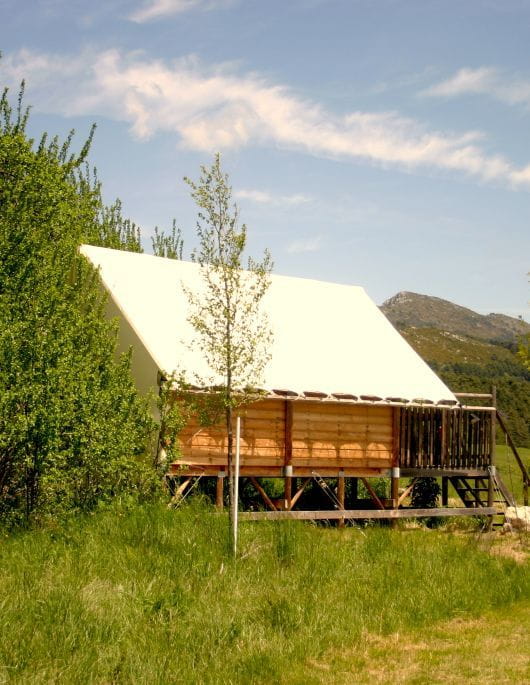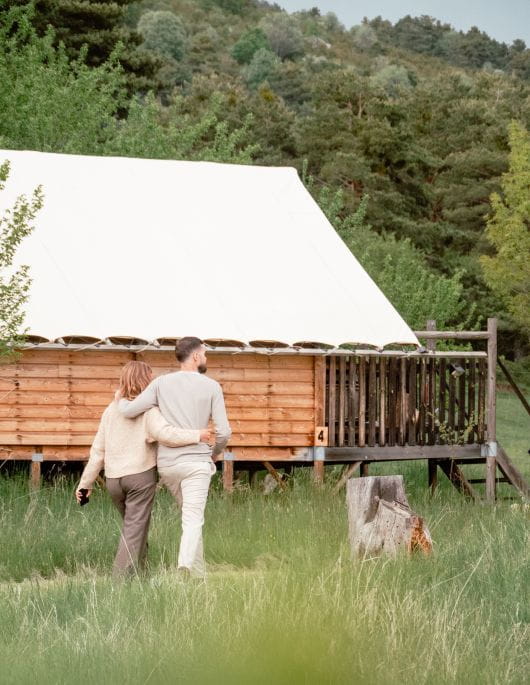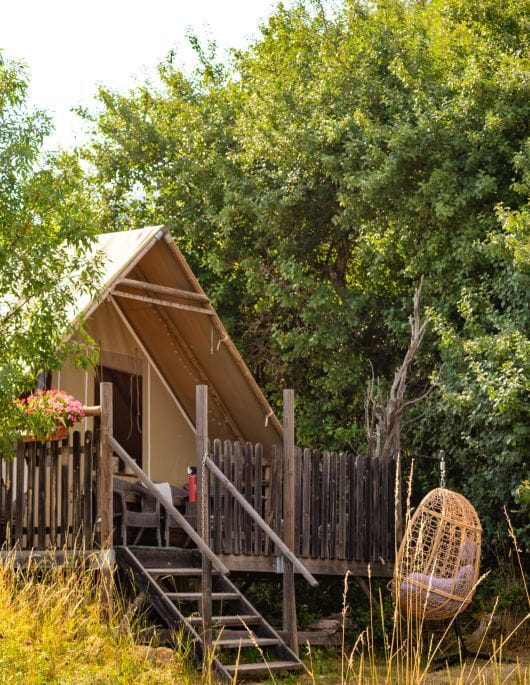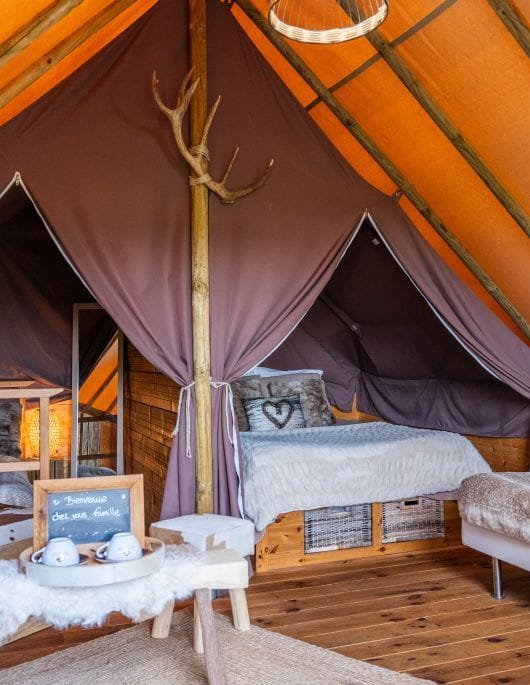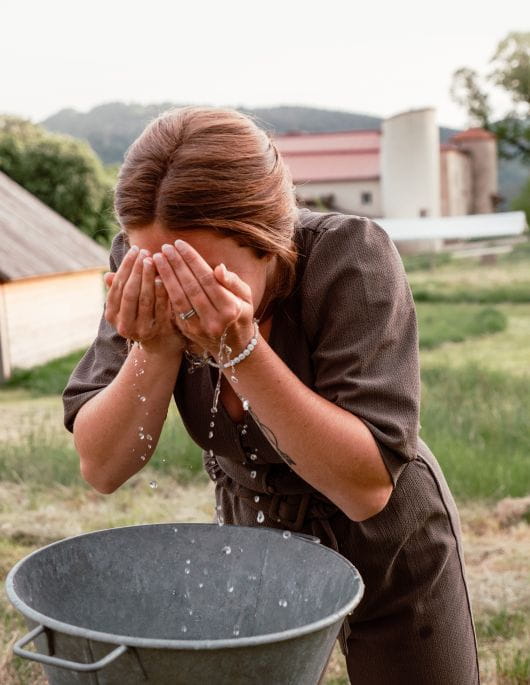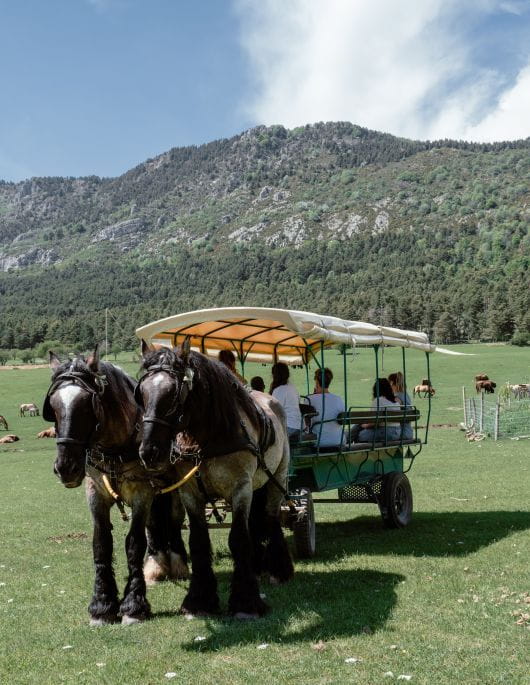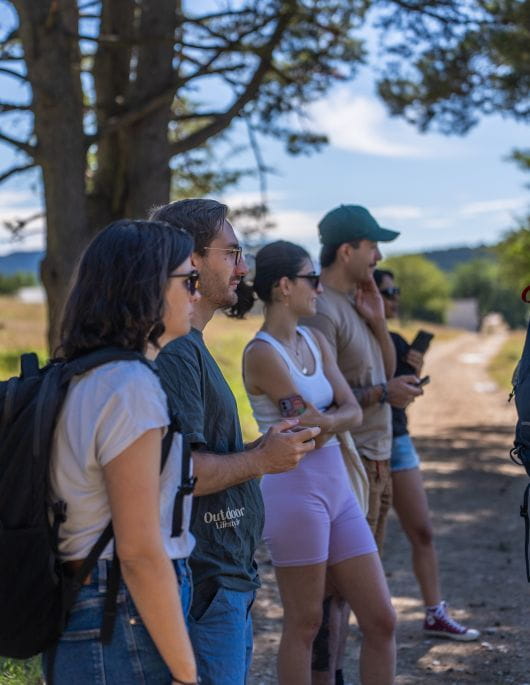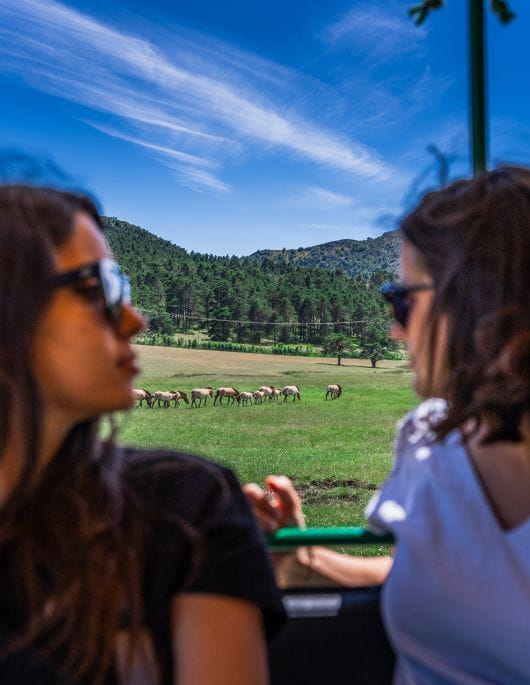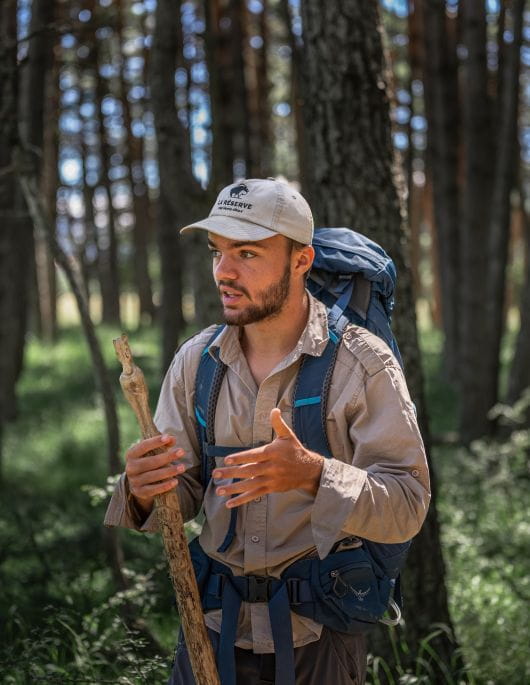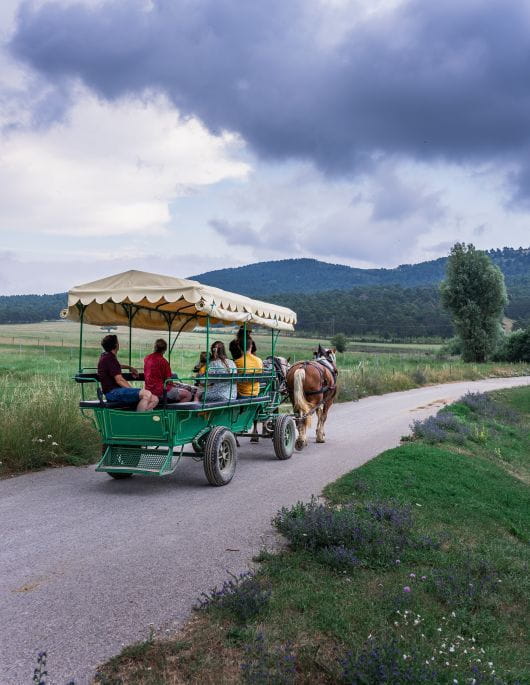Freedom & wide open spaces
With its 700 hectares of greenery and biodiversity, the Monts d’Azur Biological Reserve is a veritable mosaic of surprising and fascinating environments: rocky cliffs, natural meadows, remarkable woodlands… Come and discover this preserved natural area and its inhabitants.
For over twenty years, La Réserve des Monts d’Azur has been passionately committed to the development of its territory, in order to reconcile tourism activities with environmental preservation.
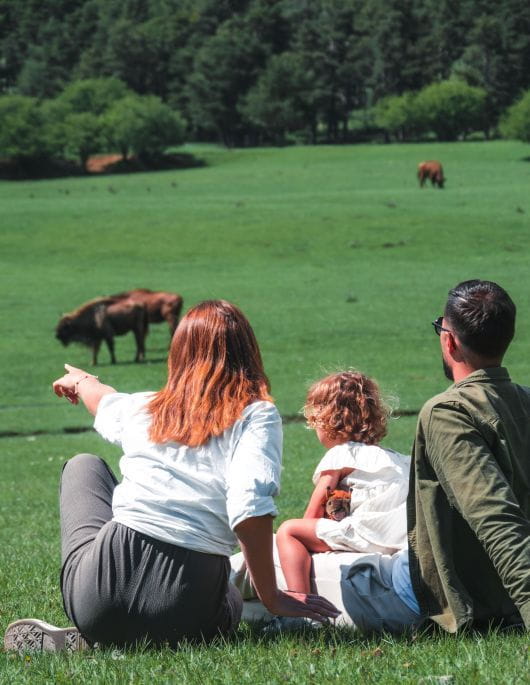
Eco-tourism & responsible travel
La Réserve des Monts d’Azur project is based on a simple observation: eco-tourism and vacations are not incompatible as long as we develop a new form of responsible and sustainable tourism.
The aim is therefore not to create a mecca for mass tourism where the animal is a commodity. Here we display an unwavering determination to conjugate responsible tourism and ecology, in a place where man is not the master but indeed a humble guest of wildlife.
Developing responsible tourism in France is a necessity. Our Reserve aims to serve as a pilot project, to demonstrate the importance of ethical and responsible tourism.
Here, everything is done to ensure that the visitor’s footprint is limited and that their place in the environment is rethought before it’s too late.
Also, every sale of stays and safaris is reinvested in the smooth running and preservation of this exceptional place.
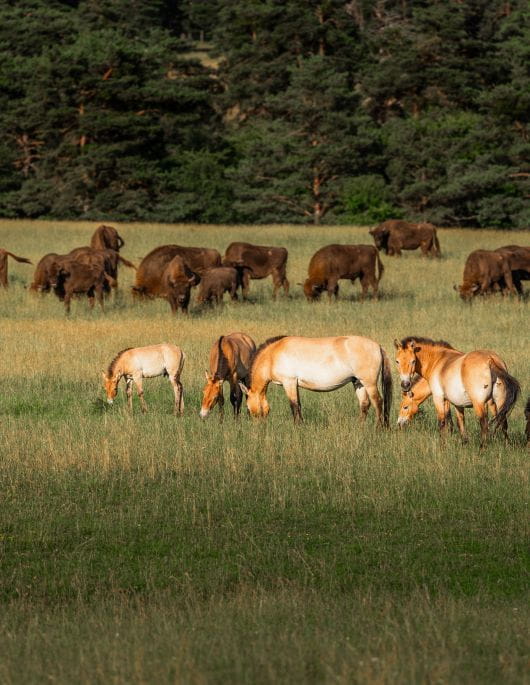
A model of “rewilding”
In Europe, one in six mammal species is threatened with extinction and one in three is in decline.
Faced with the ecological stakes, in 2003 veterinary Doctor Patrice Longour decided, with his wife Alena, to develop a major project in the rehabilitation of endangered species. The Monts d’Azur Reserve.
They know it: species are disappearing at such a rate that the survival of Europe’s large fauna is well and truly in question. The return of large fauna would represent a very interesting solution for their maintenance and the establishment, in these fragile areas, of new economic activities, respectful of the environment.
She’s been at it ever since.
Since then, it has demonstrated through its existence,the importance of the presence of large wild herbivores in French and European ecosystems.
The Réserve des Monts d’Azur was thus the first to rewild ancestral species, and then reintroduce them in their natural state, setting emulators in Holland, Romania, Spain, Croatia, and Germany.
At the same time, the Réserve des Monts d’Azur has been the first to reintroduce large wild herbivores to the French and European ecosystems.
Seasons change
The Monts d’Azur Reserve evolves throughout the year, offering a changing panorama and species to discover as the seasons go by.
Ecological accommodation
Opt for an authentic trip to (re)learn how to connect with the simple but so essential pleasures of Nature.
In summer or autumn, you can spend the night in Ecolodges and enjoy a rare experience. Designed to minimize their impact on the environment, these eco-friendly accommodations offer all the comforts you need while immersing you in the heart of the wild. Here, there’s no superfluity, just the essentials: the whisper of wind in the trees,the ballet of wild animals passing in the distance, birdsong on waking and the precious sensation of being in the middle of nature.
We strongly advise you to book your stays before coming to our location. We cannot guarantee the availability of our accommodation without prior reservation.
Activities for all
Come and observe the wildlife in its natural environment.
The Réserve des Monts d’Azur offers, for the whole family, several activities to do throughout the year. Your Vacances Nature begin with a safari – different according to the season: on foot or by horse-drawn carriage in summer, on snowshoes or sleigh in winter – but always guided by an experienced naturalist.
Enjoy the on-site facilities: photo booths, natural swimming pool, climbing wall, workshops and play areas for children. And more recently the Open-air museum, which traces the history of the human-wild animal alliance over the past 30,000 years.
On-site, enjoy our restaurant Le Tahki, where our Chef Jean-Baptiste offers traditional cuisine revisited. After or before your safari, head to the refreshment area to quench your thirst, grab a snack or sample our crêpes.
For safety reasons, children under the age of -5 cannot take guided walking safaris, and will need to take a carriage safari, accompanied by parents.
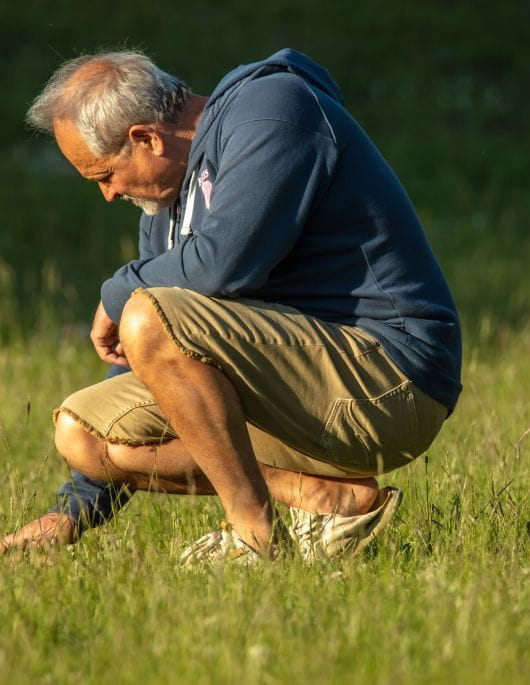
An environment to study
The Monts d’Azur Reserve isn’t just a place for wildlife tourism. It’s also a wildlife research center. Every year, it welcomes students and teacher-researchers who study the dynamics of natural environments or the behavior of the guild of European herbivores reunited for the first time in 15,000 years.
